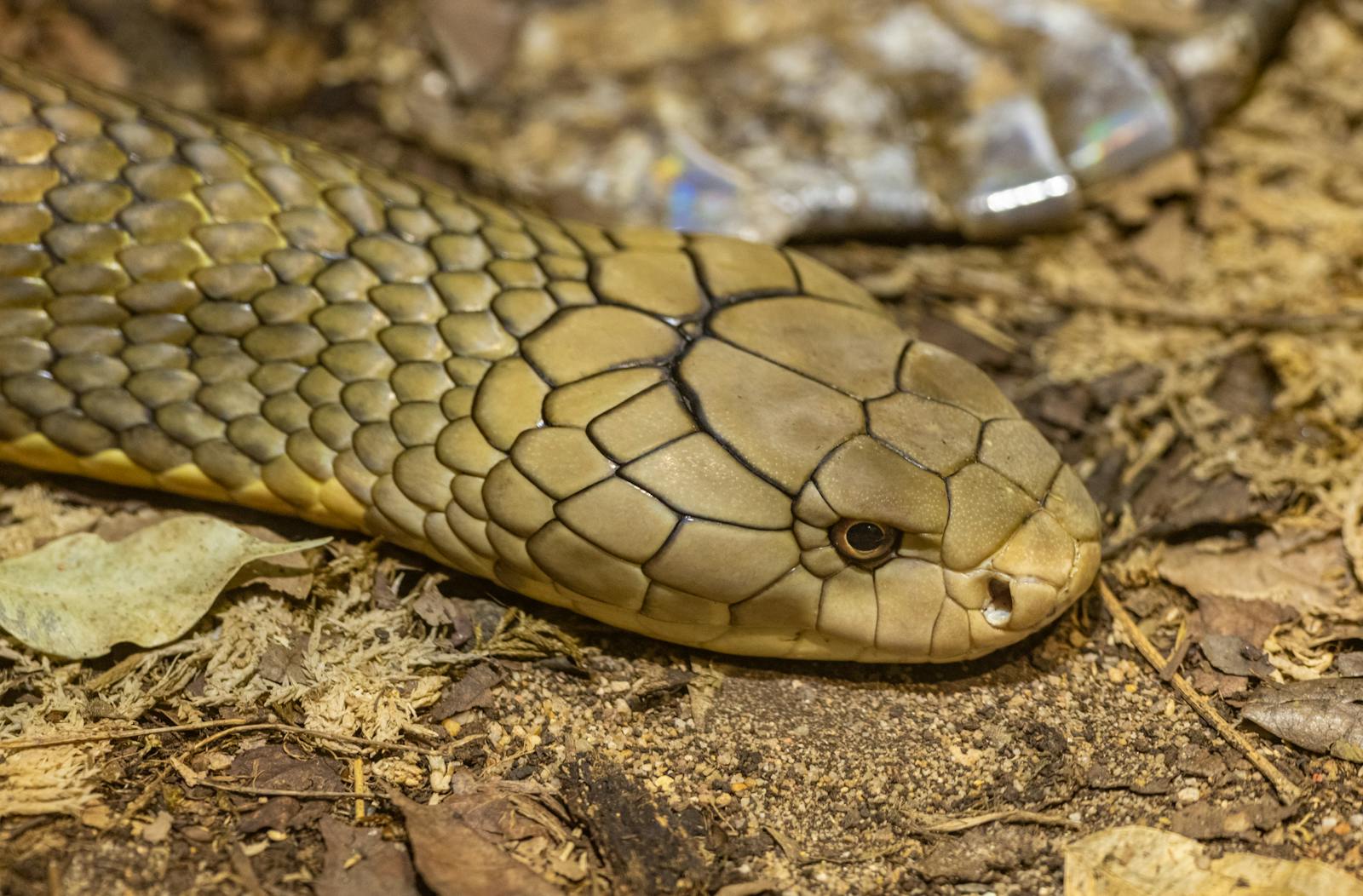The relationship between what a venomous snake eats and the potency of its venom represents one of nature’s most fascinating evolutionary connections. When we think of venomous snakes, we often focus on the danger they pose to humans, but their venom primarily evolved as a sophisticated hunting and digestive tool. The complex biochemical cocktails these reptiles produce aren’t static—they can vary dramatically between species, populations, and even individuals. Emerging research reveals that a snake’s diet plays a crucial role in determining both the composition and strength of its venom. This intricate relationship offers a window into how evolution shapes these deadly weapons according to ecological needs and prey selection pressures.
The Evolutionary Purpose of Venom
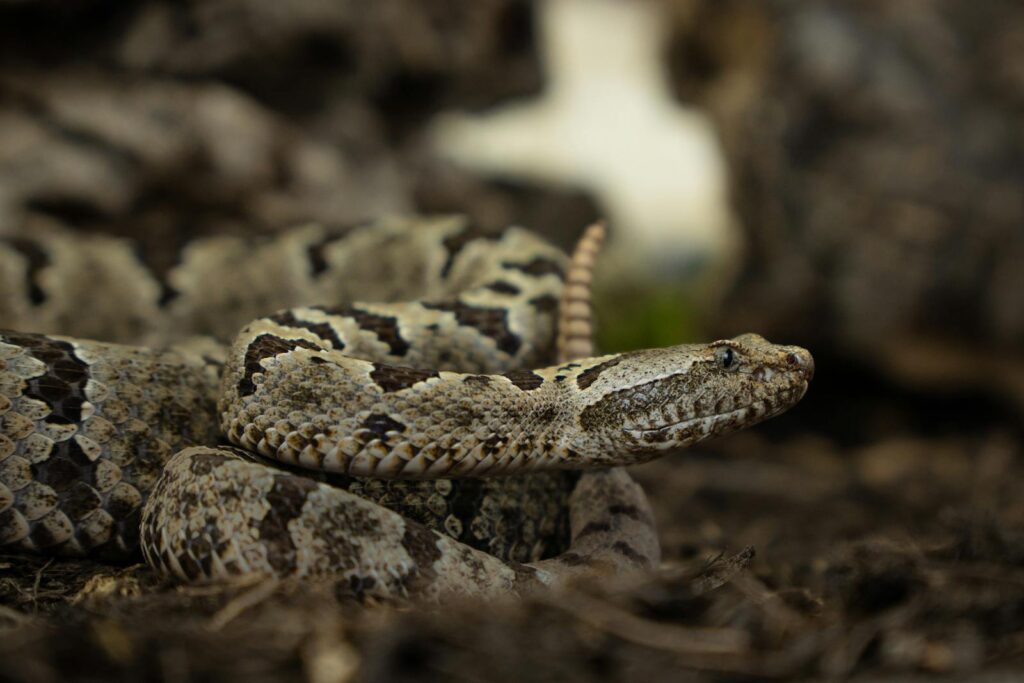
Venom in snakes didn’t evolve to target humans but rather as a sophisticated mechanism for prey acquisition and digestion. These complex biochemical mixtures contain dozens to hundreds of different proteins and peptides, each serving specific functions in immobilizing, killing, and beginning the digestive process of prey. The primary selective pressure driving venom evolution is the effectiveness of subduing specific prey items that make up a snake’s natural diet. Species that feed on different prey types have developed venoms specifically optimized for their preferred meals, demonstrating remarkable evolutionary fine-tuning. This specialization explains why some venoms are devastatingly effective against certain animals while having minimal impact on others.
Venom as a Trophic Adaptation
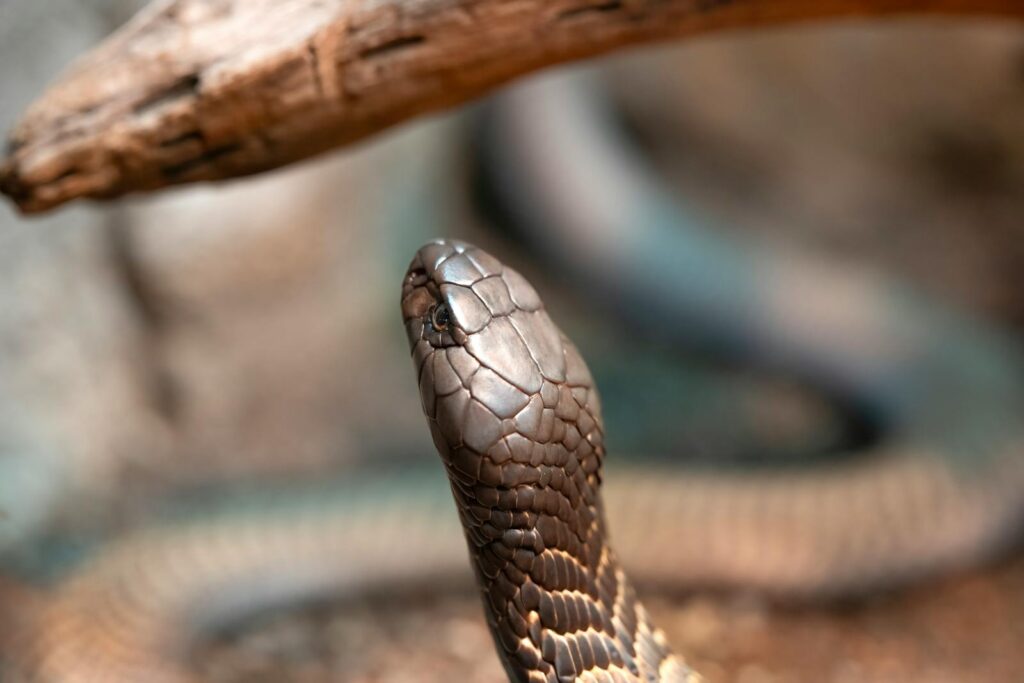
Snake venom represents a prime example of what scientists call a trophic adaptation—a trait specifically evolved to help an organism acquire and process food. Unlike defensive adaptations that primarily aim to deter predators, the primary function of venom is to facilitate efficient feeding. This distinction becomes clear when examining different venom delivery systems, which are optimized for hunting rather than defense. Rear-fanged snakes, for instance, possess a venom delivery system designed to subdue prey already in their mouths, making it poorly suited for defensive purposes. The composition of venom components directly reflects dietary specialization, with each toxic element serving specific purposes related to prey immobilization, killing, or digestion.
Diet Specialization and Venom Composition
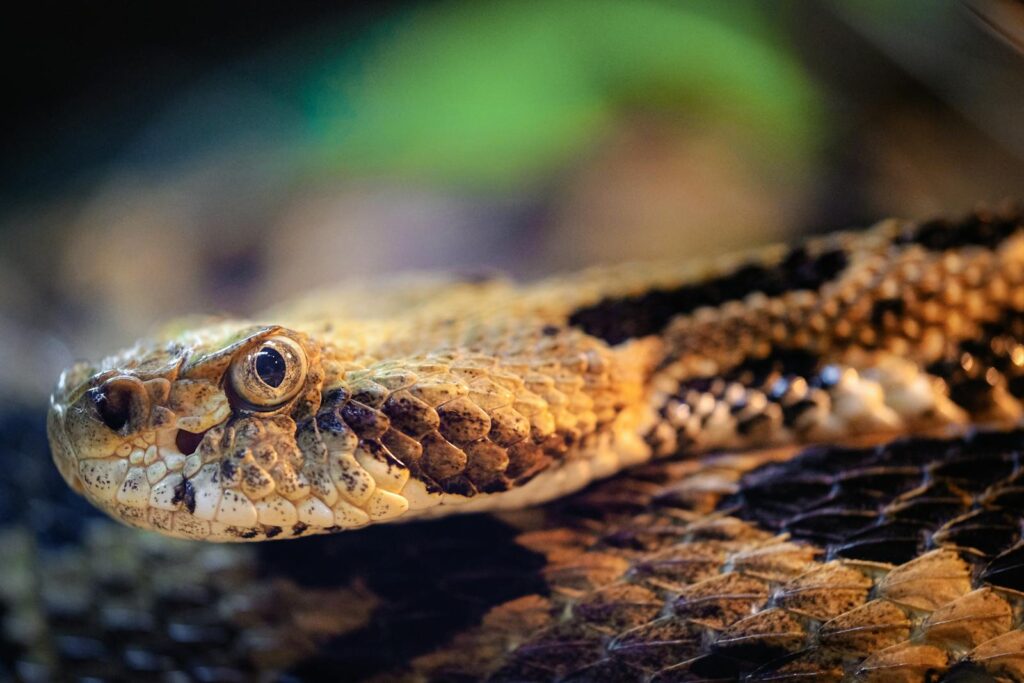
Snakes that specialize in particular prey types often possess venoms specifically tailored to affect those animals. Researchers have documented remarkable correlations between diet preferences and venom profiles across numerous snake species. For example, rat snakes that feed primarily on mammals have developed venoms rich in toxins that target mammalian physiological systems. Conversely, snakes specializing in bird predation often possess unique neurotoxins that rapidly immobilize avian prey, preventing escape by flight. This specialization extends to fish-eating sea snakes, whose venoms contain compounds particularly effective against fish nervous systems but may be less potent against mammals.
Geographic Variation in Venom Potency
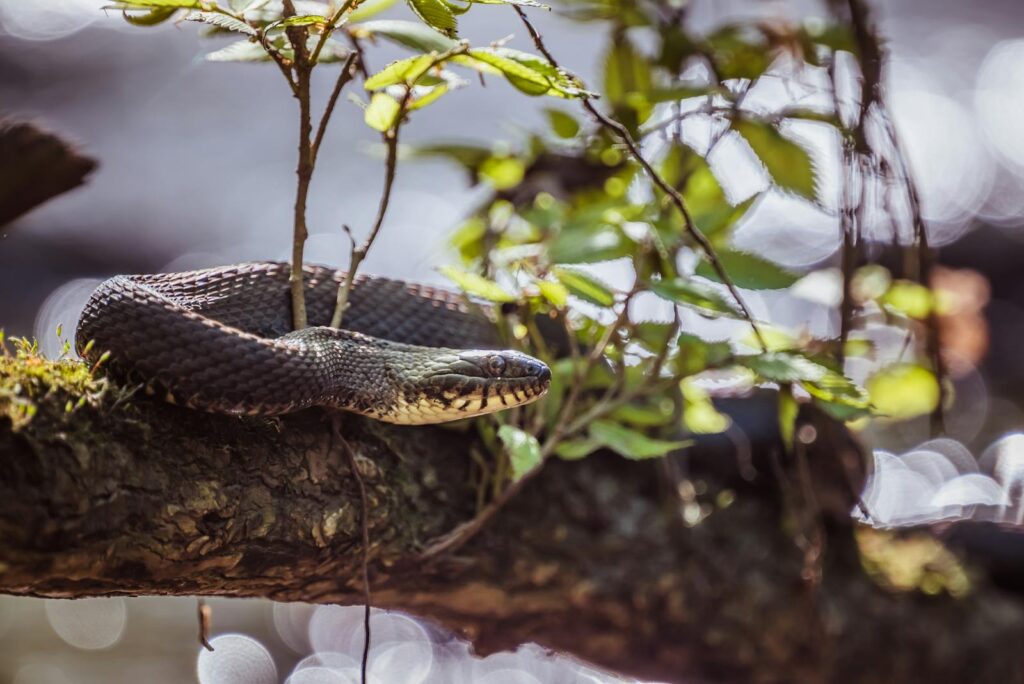
One of the most compelling pieces of evidence for diet-influenced venom comes from studies of geographic variation within a single species. Researchers have documented remarkable differences in venom composition among populations of the same snake species living in different regions with diverse prey availability. The tiger snake (Notechis scutatus) in Australia provides a fascinating example, with island populations that feed primarily on birds and lizards developing venoms distinctly different from mainland populations that target mammals. In North America, studies of rattlesnake populations have revealed that venom chemistry can vary dramatically between adjacent habitats based on local prey communities. These geographic variations strongly suggest that venom evolves in response to local dietary pressures.
Ontogenetic Shifts in Venom and Diet
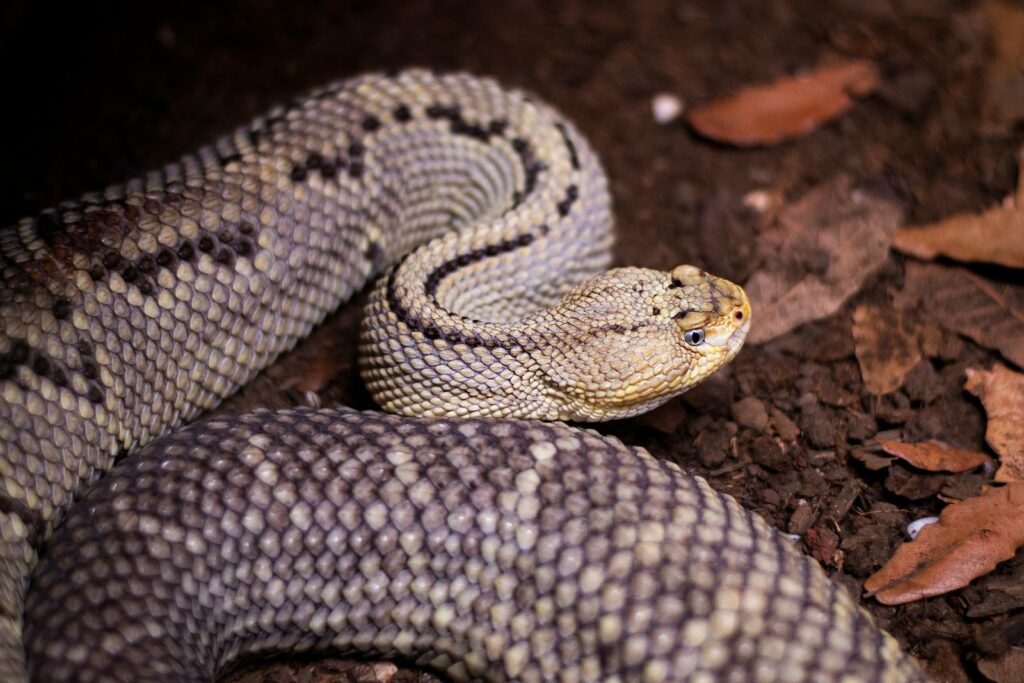
Many venomous snakes undergo remarkable changes in both diet and venom composition as they mature, a phenomenon known as ontogenetic shift. Juvenile rattlesnakes often feed primarily on small lizards and amphibians, and their venom typically contains higher concentrations of certain toxins particularly effective against these prey types. As the snakes grow and begin targeting larger mammalian prey, their venom composition shifts accordingly, with increased production of tissue-destroying enzymes that help subdue and digest larger meals. Dusky pygmy rattlesnakes show dramatic ontogenetic shifts, with juveniles producing venom nearly three times more toxic to lizards than adults, corresponding with their greater reliance on lizard prey. These age-related changes provide compelling evidence that venom composition dynamically responds to dietary requirements.
The Impact of Specialized Prey Items
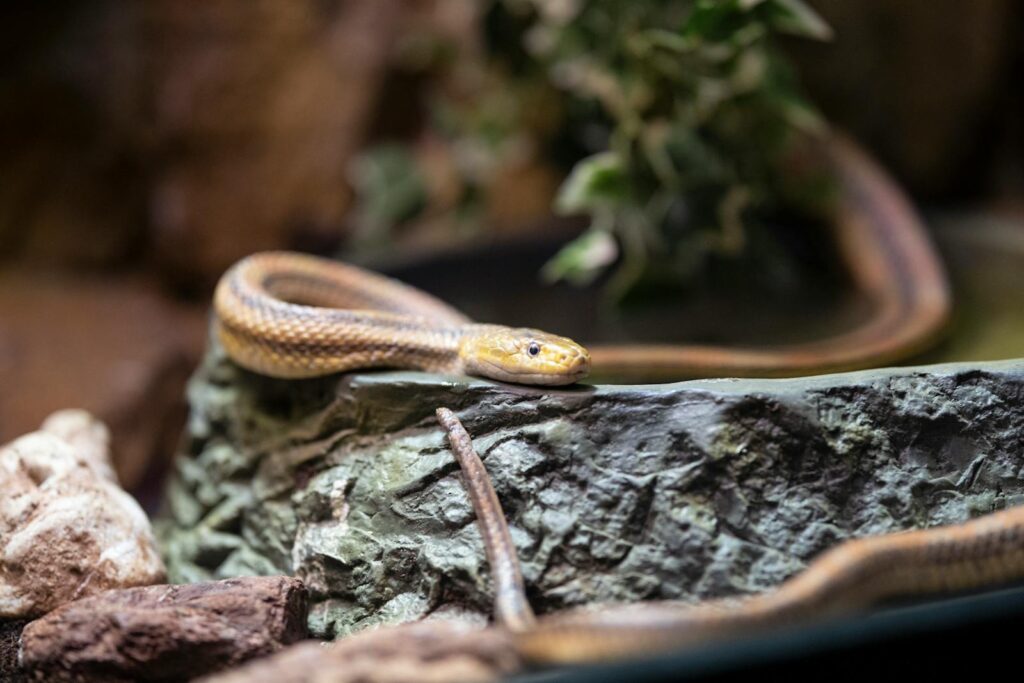
Some venomous snakes have evolved highly specialized venoms to overcome the unique defenses of specific prey animals. The Asian long-glanded coral snake (Calliophis bivirgatus) feeds primarily on other snakes and possesses a remarkably potent neurotoxic venom designed to rapidly immobilize its ophidian prey. Certain island populations of tiger snakes that specialize in seabird predation have developed venoms that can overcome the natural resistance these birds possess. Perhaps most fascinating are prey-specific toxins like those found in the venom of certain rattlesnakes that feed on squirrels, which have evolved resistance to snake venom over time. These specialized toxins represent evolutionary “countermeasures” in an ongoing arms race between predator and prey.
Venom Economy and Ecological Efficiency
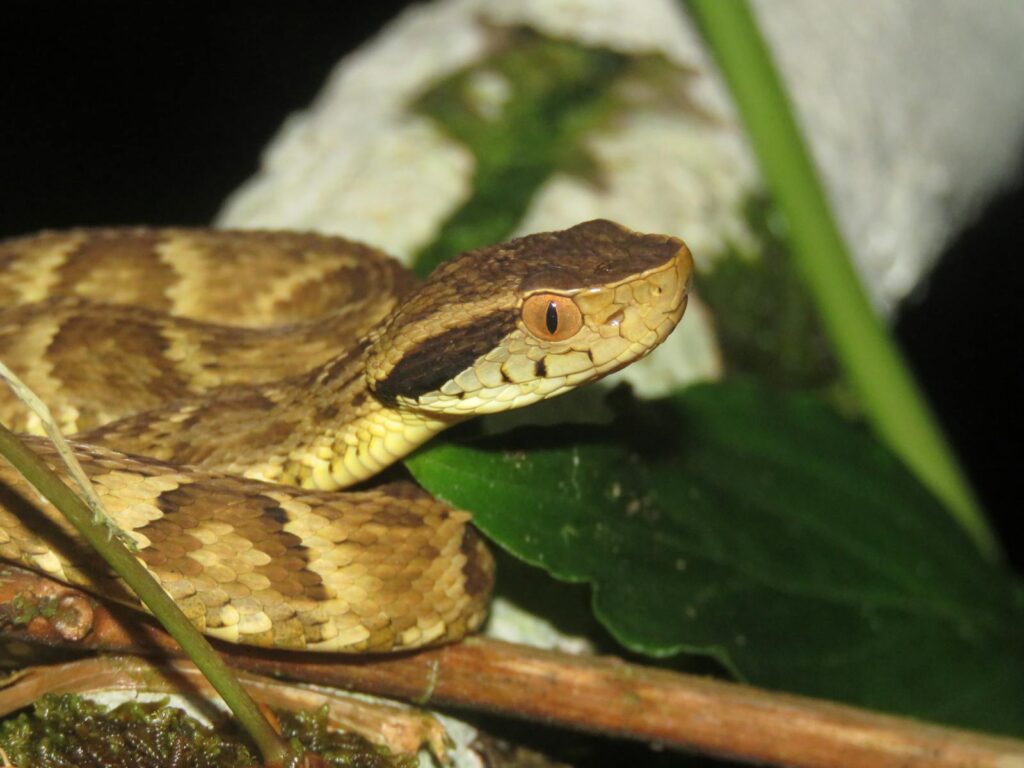
The production of venom represents a significant metabolic investment for snakes, requiring considerable energy resources to synthesize complex proteins. This metabolic cost creates selective pressure for venom efficiency, pushing evolution toward toxins that accomplish prey subjugation with minimal venom expenditure. Snakes with highly specialized diets often develop extremely potent but narrowly targeted venoms that are extraordinarily effective against their preferred prey while requiring minimal quantities. The death adder of Australia provides an excellent example, with venom specialized for bird and lizard prey that is produced in relatively small amounts but delivers exceptional potency against these target animals. This venom economy reflects the broader ecological principle that natural selection favors traits that maximize benefits while minimizing costs.
Research Techniques for Studying Diet-Venom Relationships
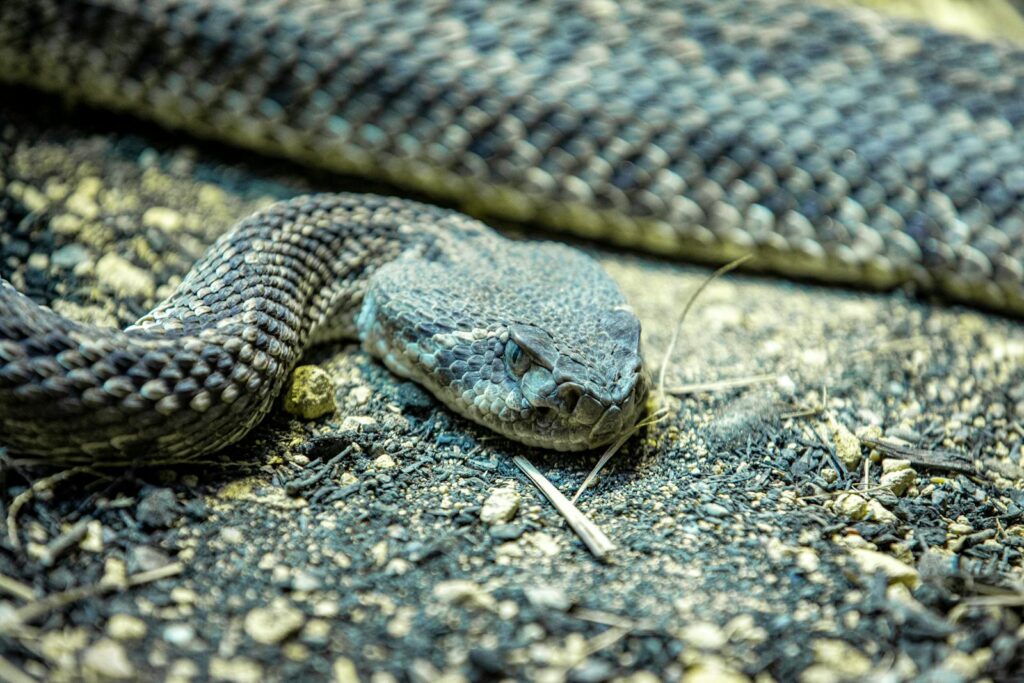
Scientists employ a variety of sophisticated methods to investigate the connection between snake diets and venom properties. Traditional approaches include stomach content analysis and field observations to determine natural prey preferences, combined with laboratory venom extraction and analysis. Modern proteomic techniques allow researchers to identify and quantify specific venom proteins, while transcriptomics examines the genes responsible for venom production. Particularly revealing are comparative toxicity assays that test venom against different potential prey animals, which can demonstrate dramatic differences in effectiveness. Recent advances in evolutionary genomics have enabled scientists to trace the genetic history of venom adaptations, revealing how specific venom traits evolved in response to dietary shifts over millions of years.
The Cobras: A Case Study in Diet-Venom Adaptation
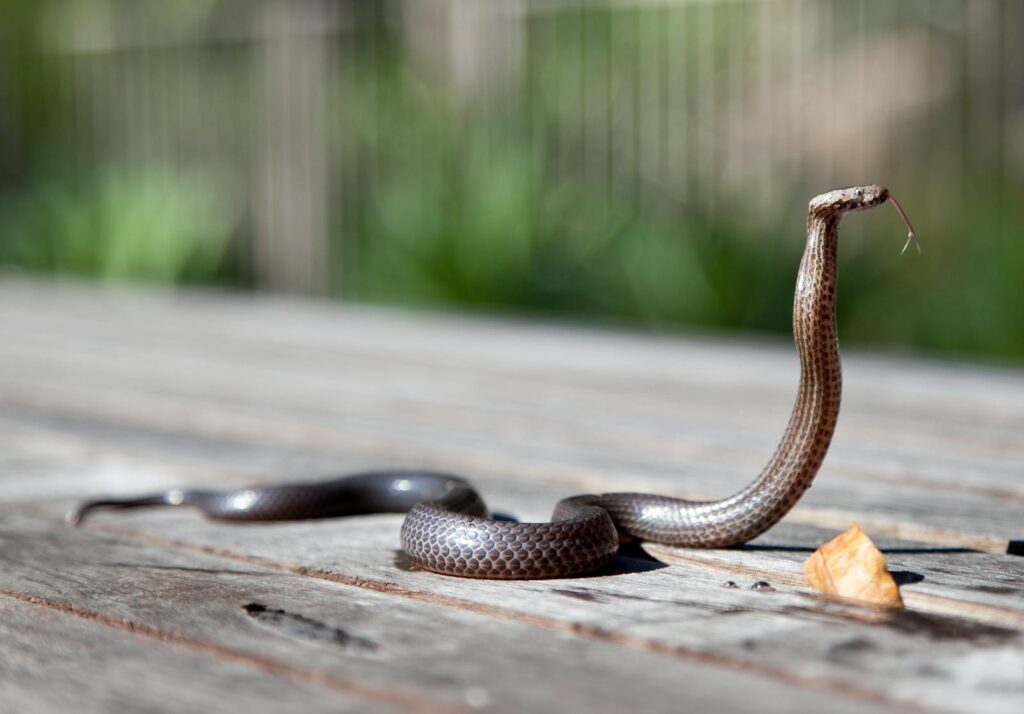
The cobra family (Elapidae) provides a compelling illustration of how diet influences venom composition across related species. African spitting cobras, which frequently target mammals, possess venoms rich in cytotoxins that destroy tissue and facilitate digestion of these prey. In contrast, some Asian cobra species that frequently feed on other snakes have developed potent neurotoxins that rapidly paralyze their ophidian prey. The king cobra (Ophiophagus hannah), a specialized snake-eater, produces venom specifically optimized to quickly immobilize other snakes while having comparatively less severe effects on mammals. Spectacled cobras in agricultural areas with abundant rodent prey show venom profiles distinctly different from forest-dwelling populations that encounter more diverse prey types, further demonstrating how diet shapes these deadly biochemical arsenals.
Implications for Antivenom Development
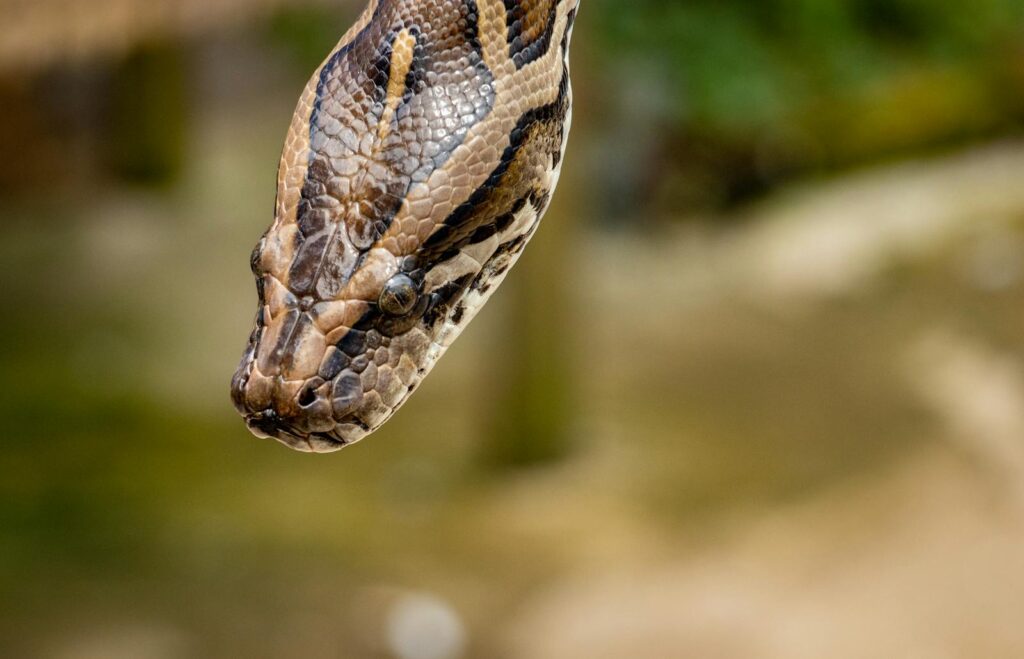
Understanding the relationship between snake diet and venom composition has critical implications for developing effective antivenoms. Traditional antivenom production often uses venom from a limited number of individual snakes, potentially missing the geographic and diet-related variations in venom composition. This can result in antivenoms that work well against some populations of a species but prove less effective against others with different venom profiles. Medical researchers now recognize the importance of including venom samples from snakes across their geographic range and representing different life stages to produce more broadly effective treatments. This knowledge has led to the development of regional-specific antivenoms that account for local variations in venom composition, ultimately saving more human lives.
Dietary Shifts and Invasive Snake Species
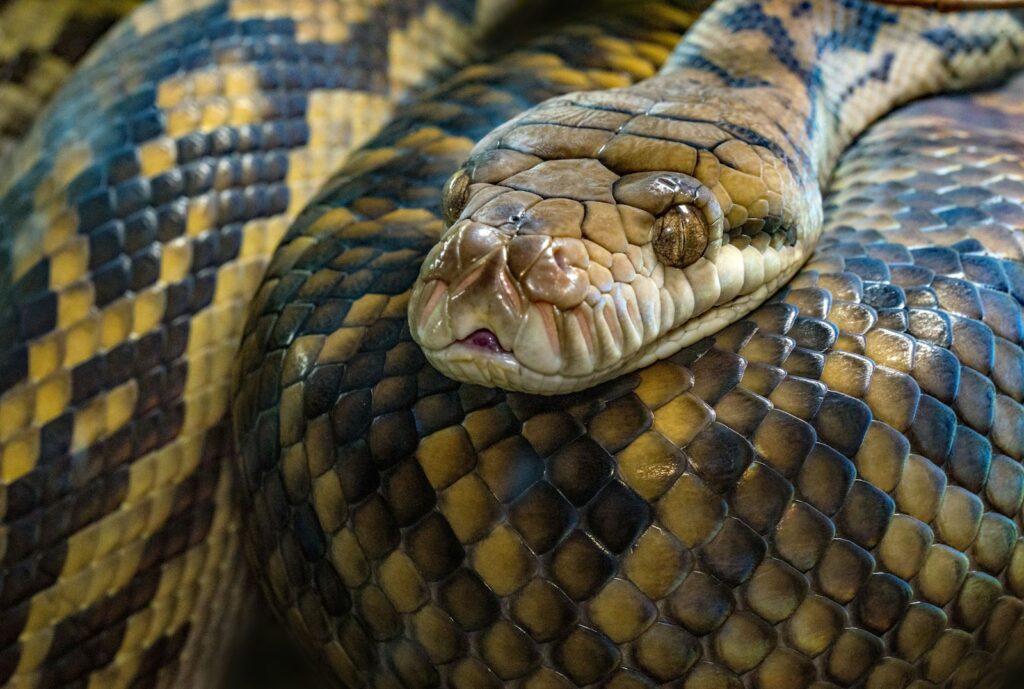
When venomous snakes are introduced to new environments, the novel prey species they encounter can potentially drive rapid changes in their venom composition. Invasive brown treesnakes in Guam have encountered prey communities vastly different from their native range, potentially driving selection for venom adaptations suited to these new food sources. Similarly, populations of copperheads and cottonmouths in the southeastern United States have adapted to feeding on invasive prey species like cicadas and carp, which may eventually influence their venom properties. These situations provide natural experiments that allow scientists to observe venom evolution in response to dietary changes in real-time. Understanding these adaptive processes becomes increasingly important as human activities continue to alter ecosystems worldwide and create novel predator-prey interactions.
Climate Change and Shifting Predator-Prey Dynamics
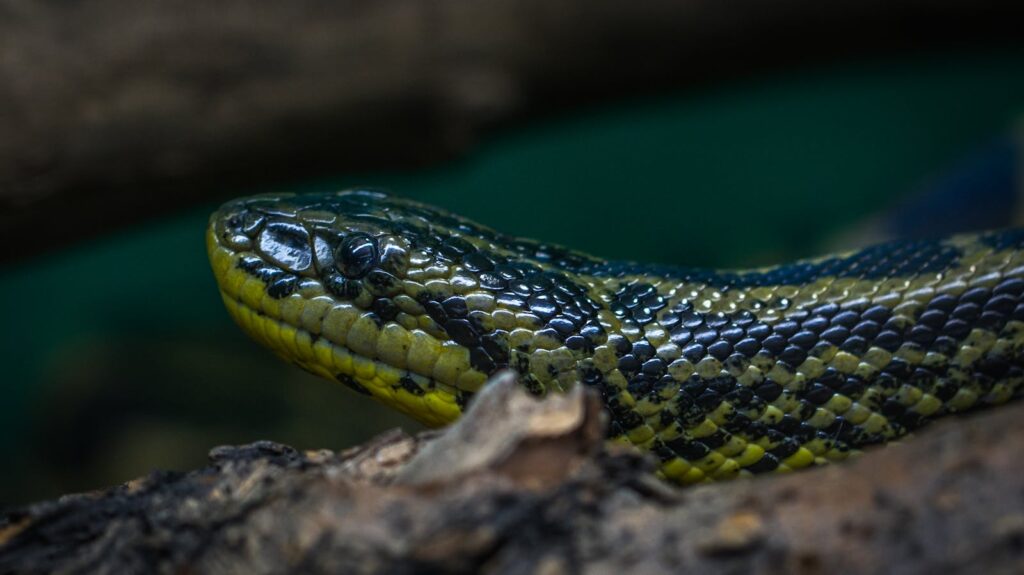
As climate change alters habitats globally, many venomous snake species face shifting prey availability that may drive changes in their venom composition. Warming temperatures are already changing the distribution and abundance of many small animals that constitute snake prey, potentially forcing venomous snakes to adapt their hunting strategies and venom properties. Species with narrow dietary specialization may face particular challenges if their preferred prey becomes scarce, potentially driving selection for broader venom efficacy. Researchers are increasingly concerned about how these disruptions might affect both snake survival and the medical management of snakebites in affected regions. Long-term monitoring of venom composition in snake populations experiencing rapid environmental change may provide valuable insights into how quickly these complex biochemical adaptations can evolve in response to dietary shifts.
Future Research Directions
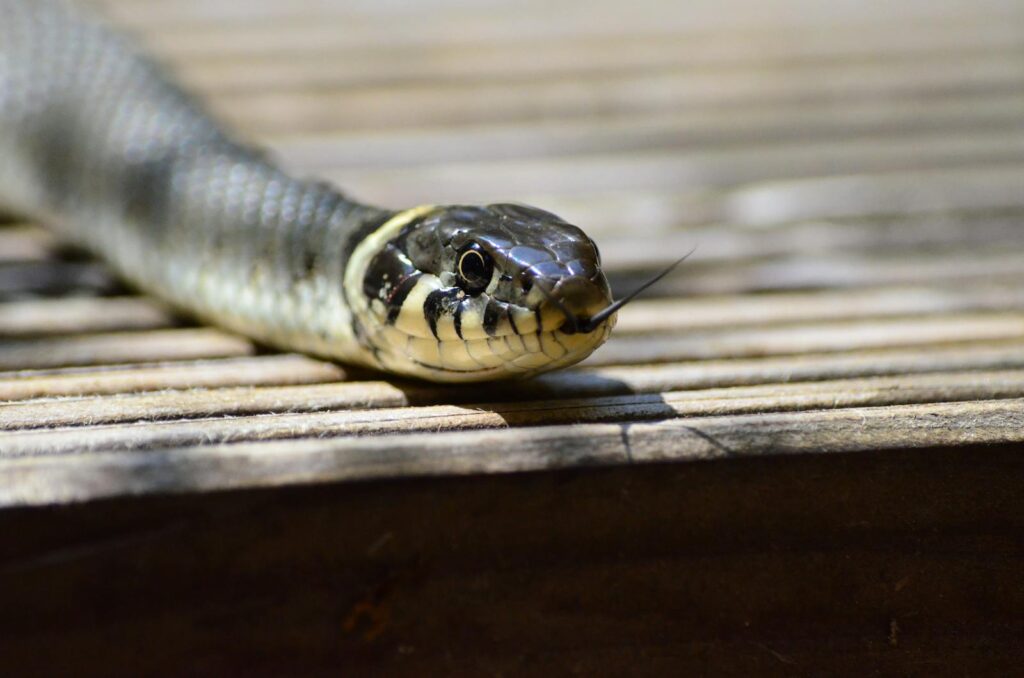
The field of venom ecology stands at an exciting frontier, with numerous unanswered questions about how diet shapes these remarkable biochemical adaptations. Researchers are increasingly employing integrative approaches that combine field studies of natural feeding behavior with laboratory analyses of venom biochemistry and genetic studies of venom evolution. Particularly promising are emerging techniques that allow scientists to manipulate snake diets in controlled settings and observe resulting changes in venom composition over time. Comparative studies examining closely related species with different dietary preferences continue to yield valuable insights into evolutionary patterns. As our understanding of these relationships deepens, we gain not only fascinating evolutionary insights but also practical knowledge that can improve antivenoms and potentially identify novel compounds for pharmaceutical development.
The intricate relationship between a venomous snake’s diet and its venom composition represents one of nature’s most remarkable examples of adaptive evolution. Far from being static biological weapons, snake venoms are dynamic systems that respond to the specific challenges of capturing and processing particular prey types. This relationship explains the extraordinary diversity of venom compositions we observe across species, populations, and even life stages of individual snakes. As research continues to unravel these connections, we gain deeper appreciation for the evolutionary pressures that have shaped these biochemical marvels over millions of years. Beyond satisfying scientific curiosity, this knowledge has practical applications in developing more effective treatments for snakebite and potentially uncovering new therapeutic compounds based on venom components. The story of snake venom evolution reminds us that even the most feared natural weapons evolved not to harm humans but as sophisticated solutions to the fundamental challenge faced by all living things: the need to secure nourishment.

